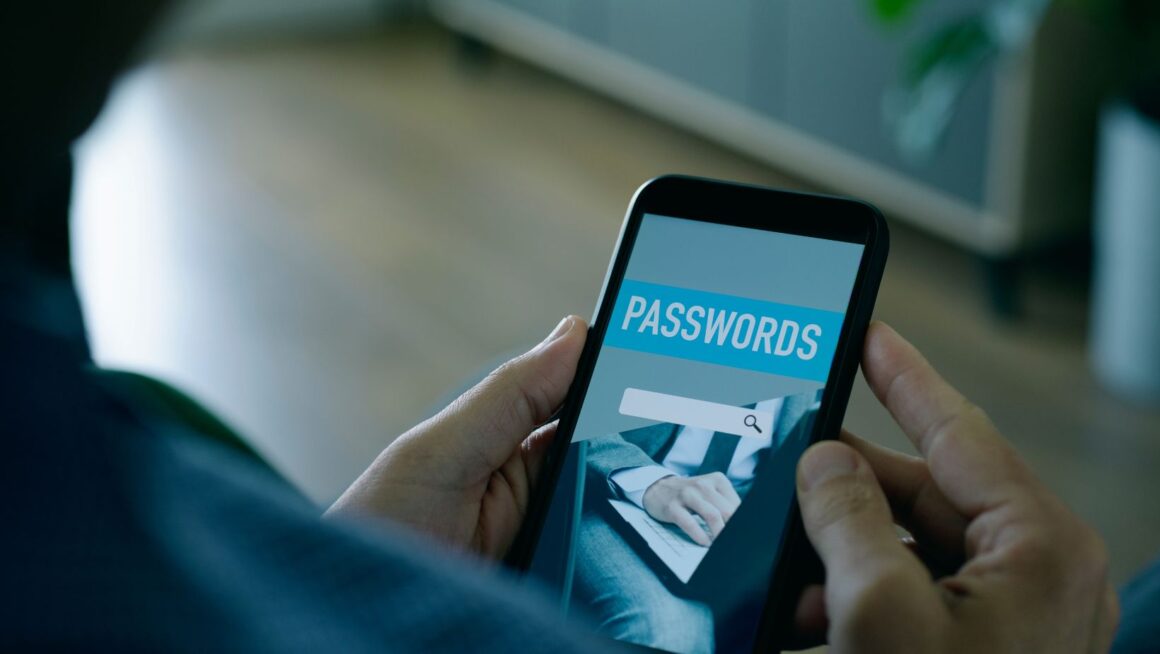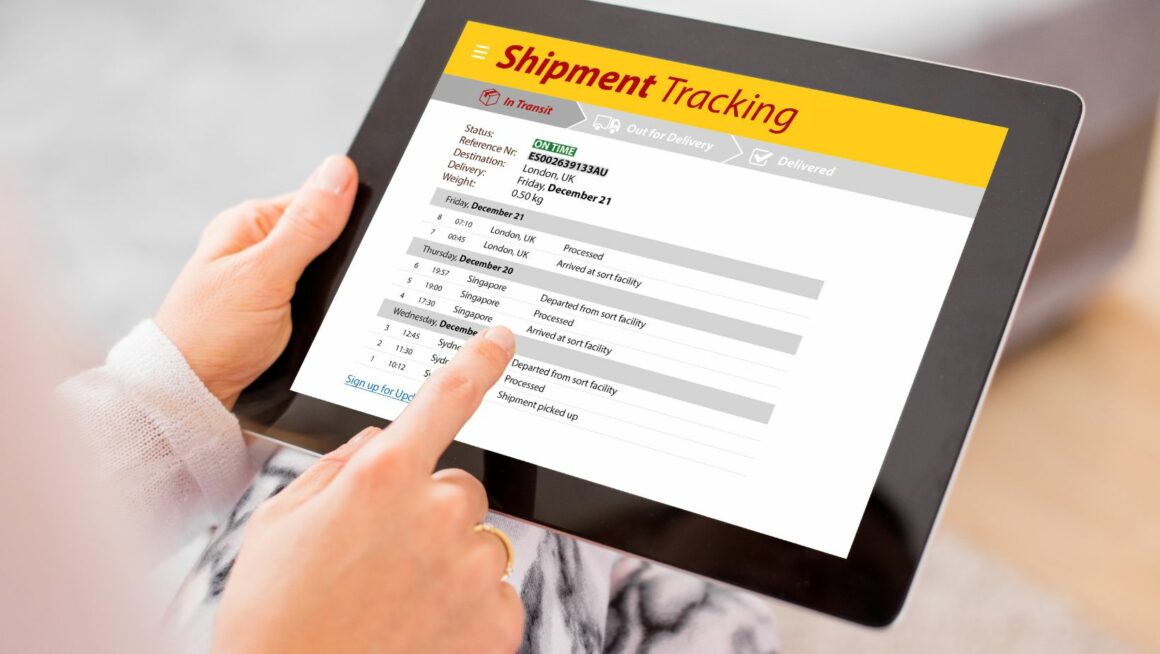In today’s digital world, mobile devices have become essential tools for businesses across various sectors. However, their portability and connectivity introduce significant cybersecurity risks. As organizations strive to protect their sensitive data, the importance of cybersecurity compliance frameworks has never been greater. One such framework is the Cybersecurity Maturity Model Certification (CMMC), which is crucial for businesses handling sensitive government information. This article explores how CMMC compliance can secure mobile devices and mitigate cybersecurity risks.
Understanding CMMC Compliance
CMMC is a comprehensive cybersecurity framework developed by the U.S. Department of Defense (DoD). It outlines a set of standards to ensure that contractors within the defense industrial base (DIB) meet specific cybersecurity practices and processes. CMMC’s purpose is to protect controlled unclassified information (CUI) within the supply chain and ensure that organizations are not vulnerable to cyber threats.
The framework comprises several levels of maturity, ranging from basic cybersecurity practices (Level 1) to advanced and sophisticated measures (Level 5). These levels determine the security requirements for handling sensitive information.
The Role of CMMC Compliance in Securing Mobile Devices
Mobile devices are increasingly used by employees for work purposes, making them prime targets for cybercriminals. As organizations adopt bring-your-own-device (BYOD) policies, the risks associated with unsecured mobile devices increase exponentially. CMMC compliance plays a crucial role in addressing these risks and ensuring that mobile devices are secure.
Here’s how CMMC compliance can secure mobile devices:
- Data Protection and Encryption (Level 3 and Above)
CMMC emphasizes the need for encryption at rest and in transit for sensitive data. By ensuring that all mobile devices store and transmit data securely, organizations can prevent unauthorized access. This protects sensitive government data, intellectual property, and confidential client information.
- Access Control and Authentication (Level 3 and Above)
One of the key requirements in CMMC is stringent access control. Mobile devices, being portable and often connected to public networks, can be vulnerable to unauthorized access. CMMC mandates robust user authentication mechanisms, such as multi-factor authentication (MFA), to prevent unauthorized access to systems and data.
- Incident Response and Monitoring (Level 4 and Above)
CMMC requires organizations to implement comprehensive incident response procedures and continuous monitoring. For mobile devices, this means that any unusual activity, such as unauthorized access attempts, will be detected and addressed promptly. These practices help minimize the damage in case of a cybersecurity breach.
- System and Communications Protection (Level 3 and Above)
This standard requires organizations to implement safeguards that secure communications across devices. Mobile devices, when properly configured according to CMMC standards, can ensure that data transmitted over networks is secure, thereby reducing the risk of man-in-the-middle attacks and other cyber threats.
- Risk Management Framework (Level 3 and Above)
CMMC emphasizes the need for a risk management framework to identify and mitigate cybersecurity threats. For mobile devices, this means regular security assessments and audits to ensure that the devices meet the required security standards.
Mobile Device Management (MDM) and CMMC Compliance
One of the best ways to enforce CMMC compliance on mobile devices is through a Mobile Device Management (MDM) system.

An MDM solution enables organizations to manage, monitor, and secure mobile devices from a central platform. This approach aligns with CMMC’s requirements for data protection, access control, and security monitoring.
With an MDM system in place, organizations can:
- Enforce Security Policies: Administrators can configure mobile devices to comply with CMMC standards, such as enabling encryption and requiring strong passwords.
- Remote Wipe and Lock: In case of loss or theft, an MDM solution can remotely wipe or lock the device, ensuring that sensitive information does not fall into the wrong hands.
- Monitor Device Compliance: MDM systems continuously monitor devices for compliance with security standards, providing real-time alerts for any deviations.
Hypori’s CMMC Compliance Guide: A Resource for Mobile Security
For organizations navigating CMMC compliance, Hypori’s CMMC compliance guide is an invaluable resource. The guide offers clear, actionable insights on how to implement the necessary security measures for mobile devices and other technologies. Hypori’s approach is tailored to help businesses address the complexities of CMMC compliance in a practical and efficient manner, ensuring that they can secure their mobile devices and data without disruption.
By following the best practices outlined in Hypori’s CMMC compliance guide, organizations can streamline their security protocols and meet the DoD’s stringent cybersecurity requirements. The guide covers a range of topics, from encryption and authentication to incident response and monitoring, making it an essential tool for businesses striving to protect sensitive information and maintain CMMC compliance.
Common Challenges in Securing Mobile Devices and How to Overcome Them
Securing mobile devices in compliance with CMMC can be a challenging task, especially for organizations that are new to the framework. Some of the common challenges include:
- Device Diversity: With the wide variety of mobile devices in use, ensuring that each one complies with CMMC requirements can be difficult. To overcome this, organizations should implement consistent security policies across all devices and utilize MDM solutions to monitor and enforce compliance.
- Employee Resistance to Security Measures: Employees may resist implementing security protocols, such as strong passwords or multi-factor authentication. To address this, organizations should provide training and emphasize the importance of these measures in safeguarding sensitive information.
- Keeping Up with Evolving Cyber Threats: Cyber threats are constantly evolving, and organizations need to stay vigilant to protect their mobile devices. Regular security assessments and keeping up with CMMC updates will help ensure that the organization remains compliant and secure.
- Cost of Implementation: Implementing CMMC compliance measures can be costly, especially for smaller organizations. However, the cost of non-compliance and potential cybersecurity breaches far outweigh the investment in securing mobile devices.
Ideal Practices for Securing Mobile Devices with CMMC Compliance
To successfully secure mobile devices in accordance with CMMC, organizations should follow these best practices:

- Use Mobile Device Management (MDM): An MDM solution is essential for enforcing security policies and ensuring that mobile devices comply with CMMC standards.
- Enable Encryption: Ensure that all mobile devices encrypt sensitive data both at rest and in transit.
- Implement Multi-Factor Authentication (MFA): Use multi-factor authentication to prevent unauthorized access to mobile devices and systems.
- Conduct Regular Security Audits: Regularly assess the security of mobile devices to identify vulnerabilities and ensure compliance with CMMC requirements.
- Employee Training and Awareness: Educate employees on the importance of mobile security and CMMC compliance to foster a culture of cybersecurity within the organization.
Conclusion
Securing mobile devices with CMMC compliance is not just about meeting regulatory requirements; it’s about safeguarding sensitive information from the ever-growing number of cyber threats. By implementing the security measures outlined in CMMC, businesses can reduce their cybersecurity risks and ensure that their mobile devices are secure.
Utilizing resources like Hypori’s CMMC compliance guide can help streamline the process, providing businesses with the tools they need to protect their data and meet DoD requirements. With the right security protocols in place, organizations can confidently navigate the challenges of mobile device security and mitigate the risks posed by cyber threats.




